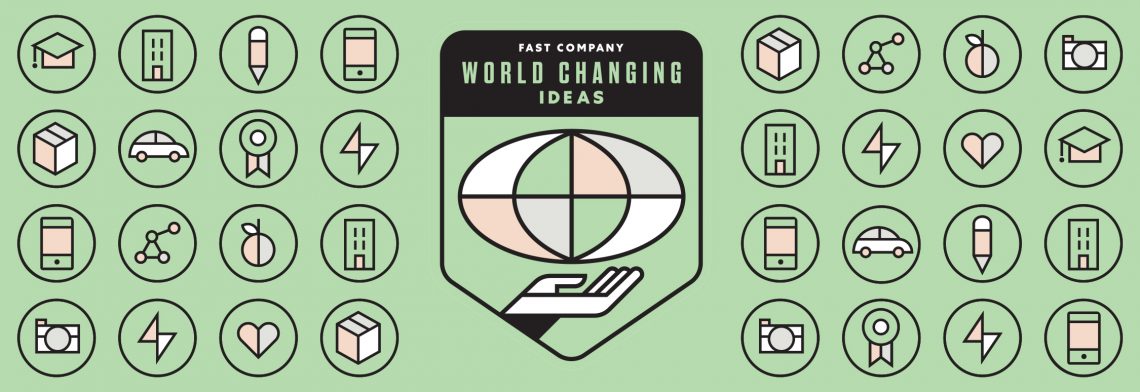ID’s Miranda Rights in Translation Project is a 2019 World Changing Idea Finalist
By Fast Company honors project in two categories
April 5, 2019

ID’s Miranda project has been recognized as a World Changing Idea finalist in the Students category and with an honorable mention in the Social Justice category.
An issue of equity and social justice
Miranda rights are the first legal protections provided to suspects. And currently, they’re provided only in English—even to Low English Proficiency (LEP) individuals.
English is far from the only language spoken in the US, and studies show that up to 96% of suspects waive their Miranda rights. Do they understand what they’re waiving?
With the Miranda project, ID students and faculty worked to design a solution that would help ensure that everyone can truly understand their rights—and that if they waive them, they are making a conscious and informed decision.
‘Good for everybody’
For suspects, an arrest is a high pressure environment where comprehension is paramount. Graduate student researchers at the IIT Institute of Design (ID) needed to find an answer that served the needs of potential suspects as well as law enforcement.
The ID team gathered information and devised design-based solutions in a project sponsored by the American Bar Association’s Center for Innovation. We collaborated with the ABA’s Commission on Hispanic Legal Rights and Responsibilities, the ABA Criminal Justice Section, Tulane University Law School, and the New Orleans Police Department.
Led by Jeremy Alexis, Senior Lecturer at IIT Institute of Design (ID), the core project team consisted of two ID graduate design students, two undergraduate computer science students from IIT College of Science, and one graduate law student from Chicago-Kent College of Law in Chicago:
- Moire Corcoran (MDes + MBA 2018) (ID)
- Ignacio Martinez (MDes 2019) (ID)
- Jun Qiu (Law)
- Tiffini Tobiasson (Computer Science)
- Faris Zahrah (Computer Science)
The New Orleans Police Department is testing two of the team’s proposed solutions in the field, and the ABA is seeking to expand the pilot to other cities.
“Technology and innovation can influence criminal justice in a very positive way,” says Jeremy Alexis. “And it doesn’t have to take a side, it can be good for everybody.”
In fact, officers using the solution in the field found that receiving the Miranda card—rather than just being read rights—enhanced comprehension across populations, regardless of language.
“I believe this will change the scope and way police departments across the country will operate,” said Commander Otha Sandifer of the New Orleans Police Department.
Sheridan County prosecuting attorney Matthew Redle adds, “This is large step in making Miranda something more than just a mere formality. And that’s what the rule of law is about for all of us.”
An app isn’t always the answer
After extensive research, ID students determined that an app—an early suggestion—wasn’t the ideal answer for police officers. The team determined that the Miranda Card, which uses simpler greeting card technology, provided a more effective, inexpensive solution. It would also ensure ease of use on the part of law enforcement.
The benefits of prototyping
Based on extensive research and consultation with a broad range of stakeholders and police officers in the field, the ID team developed three technology-enabled tools:
- The Miranda Card, a laminated document with a simple audio module, was the lowest tech option.
- Sit + Watch Miranda was an app-based approach that uses computer stations within police cars to deliver Miranda rights.
- The Miranda App is an interactive tool through which suspects walk through the Miranda warning at their own pace.
The team ultimately determined that the the Miranda Card and Sit + Watch Miranda had the greatest potential. Along with text and visuals, a small sound module (similar to those used in “talking” greeting cards) is attached to the back of the Miranda Card, which has a push button that plays audio of all of the text written on t he card. The card can be attached to the Plexiglas divider in the back of a police car or windows via suction cups.